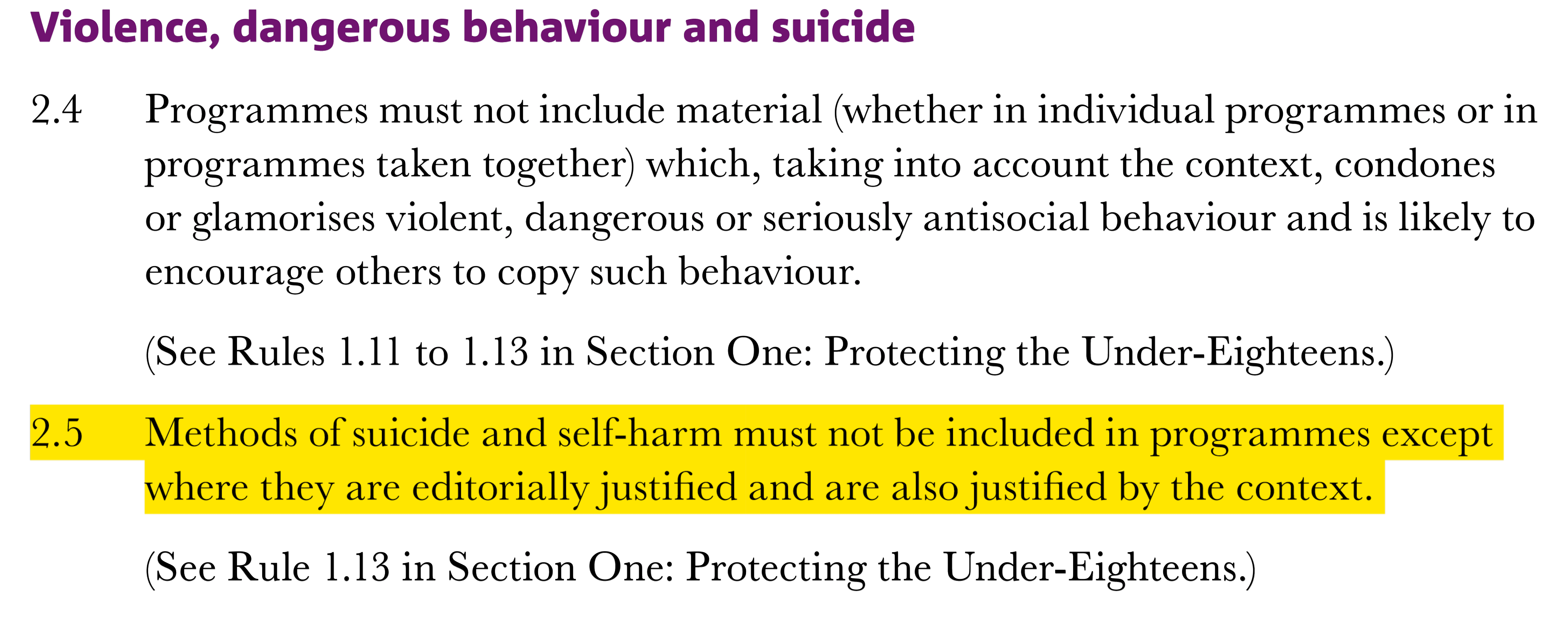In the aftermath of Logan Paul’s infamous YouTube video, is it time to scale up from self-regulation?

The uproar over the now infamous YouTube video filmed in Japan’s Aokigahara Forest of a man who apparently died by suicide may have come as a surprise to the vlogger behind it, Logan Paul. Those involved in traditional broadcasting, however, would have seen the public outcry coming a mile off. More surprising, though, is the anomalous regulatory stance of YouTube compared to linear broadcasters.
I had never heard of Logan Paul until he ventured into the woods and whipped up a social media storm. As it’s told, he stumbled upon a body, filmed it and uploaded it to his YouTube channel which has 17 million subscribers. To give Logan Paul his due, he did remove his video within 24 hours. But even by then, it had already appeared on YouTube’s trending page increasing its visibility. If the video had appeared on a licensed TV channel I have no doubt that, given the public reaction, an investigation by Ofcom, the broadcast regulator, would have been triggered. All it takes is one complaint.

From a TV compliance perspective, it seems unfathomable that YouTube, a platform with 5 billion video views a day, is ‘self-regulating’ while traditional broadcasters with mere millions of viewers answer to Ofcom and have a high regulatory bar imposed on their content. Effectively, it means there’s really not much to stop any old Joe filming and sharing disturbing or inappropriate images on Youtube. Yes, the video was removed. Yes, YouTube has now taken steps to try and avoid a repeat. But does the fact YouTube says it is a distributor, not a commissioner of content, make any difference to the people viewing their videos, especially the young and impressionable?
Traditional broadcasters know that suicide is no laughing matter. References to it on air in news and factual programmes and its portrayal in drama are handled very sensitively. This is partly because they are subject to a panoply of rules on harm and offence and protection of under 18s in Ofcom’s Broadcasting Code. But it is also because they don’t want to risk encouraging imitation and because they seek out, before broadcasting, not afterwards, the advice of charities such as the Samaritans who understand the problems that the wrong coverage can cause.

Those dangers include the sensationalising of coverage, references to locations as ‘suicide hotspots’ thereby providing a prompt to the vulnerable, the glamorising of celebrity deaths and coverage which needlessly amplifies the distress to bereaved families and friends. The Samaritans advises sensitivity in the choice of pictures, words and even the reason for doing a story.
Logan Paul obviously has now apologised several times for his vlog and uploaded a suicide prevention video to YouTube which itself is trending. Good on him. He is keen to move on from notoriety. However plenty of editorial perils remain for unwary vloggers. Maybe it’s time for greater protection for them and for those consuming their content.
